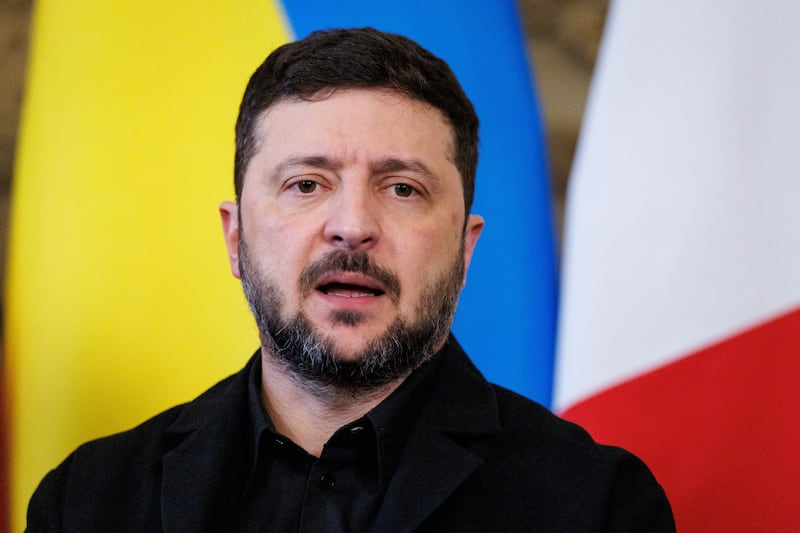The Government has just launched the National Digital Strategy for Schools, a five-year plan from 2015 to 2020. It expresses an admirable vision but is sorely lacking in detail. Is this going to be another initiative that is not followed through?
The strategy has positives, not least the expression and acknowledgement of the vital role the education system must play in helping students become engaged, creative and critical thinkers, along with being active and resilient learners, to thrive in the 21st century. The launch marks the culmination of almost three years of work and finally fills a gap in the country’s education strategy that has been empty for many years.
The strategy calls for information and communication technology (ICT) integration into teaching, learning and assessment in schools. However, since the launch of “Schools IT 2000” in 1997, the first government initiative to integrate ICT into our classrooms, success in this area has eluded the Irish education system.
The 1997 document stated: “the need to integrate technology into teaching and learning right across the curriculum is a major national challenge that must be met in the interests of Ireland’s future economic wellbeing”.
Some 18 years later the same vision is still being espoused: “The [Department of Education’s] vision for ICT integration in Irish schools is to realise the potential of digital technologies to enhance teaching, learning and assessment.”
It is clearly time to stop envisaging and start doing. Unfortunately it is in the doing that the new document is weakest. The strategy covers everything from how ICT is used in teaching and assessment to wireless networks in schools, professional development for teachers, cost-effective device deployments and beyond.
Such an approach is welcome. Here at Camara, an Irish charity that uses technology to improve education and livelihood skills in disadvantaged communities around the world, our experience has shown an integrated model is the only one with a chance of success at national level.
The document lists a total of 69 actions, relating to 36 objectives. However, the language used in these actions is very vague. More than a quarter involve “advice”, “guidance” or “facilitation”. Only about 8 per cent could be considered action, for example “providing tools”, “implementing”, “providing grants”, etc.
The one-page “Ensuring Effective Implementation” section specifically cites the role of the department as “an enabler” in leading and facilitating schools. The reality on the ground is the majority of teachers and school leaders need far more than “leading and facilitating”. They need resources (people and money) to “do”.
In the hundreds of schools in Ireland that Camara has worked with, the same problems come up over and over. Principals and teachers don’t need more policy documents, guidance, or advice – they need concrete implementation actions, with readily available tools and real-time support.
A strategy, of course, is not a plan, and we should not rush to dismiss the document before implementation has even begun. However, even with an implementation group to be established by the department there is a lot of detail still to be seen on how the vision expressed here will be realised and not consigned to another 18 years of inaction.
Steven Daly works for the Irish social enterprise Camara Education. Camara aims to change the lives of disadvantaged young people around the world, through technology- facilitated education programmes.


















